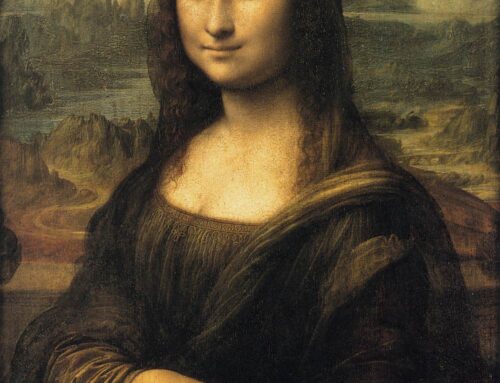Digitizing the pathways of publishing: new secrets from old books. From the article.
Dr. [Cristina] Dondi and her sleuths decipher centuries-old scribblings in Latin and Greek, ranging from dedications to medical prescriptions, to ascertain a book’s former ownership. They enter the information in an electronic database that allows users to track each book’s journey from printing to the present day. The result is a sort of huge electronic map that captures the formation and dispersal of library collections at the dawn of the print era.
Dr. Dondi and other scholars say the database shows that printed books were distributed much more widely in the decades immediately following the invention of the printing press than historians have believed. And the best-sellers weren’t Bibles or classics like Plato and Aristotle beloved of Renaissance scholars, but grammar texts and books to teach people to learn to read and write.
“We are finally proving the link between literacy and the print revolution,” Dr. Dondi said in an interview in her office at Oxford’s Lincoln College. “What we will demonstrate by the end of this project is that by 1500 there were millions of books circulating in Europe and they were not just used by the elites,” she said.
This early book trade comprised a dizzying variety of secular texts. Apart from the top-selling grammar manuals, there were medical and legal texts, single sheets on current affairs, almanacs, books on astrology, poetry, and songs in Europe’s vernacular languages.
Another interesting fact that emerges from assembling the pieces of the early book trade is Italy’s role as the main publishing center, say book experts. Johannes Gutenberg in Mainz, Germany, invented the movable type press and printed a Bible sometime between 1452 and 1454. But it was Italy where printing turned into a business.
“Venice became Europe’s most important publishing center because of its bankers, insurers and transportation,” said Mario Infelise, a professor in the Humanities Department at Ca’ Foscari University in Venice. “German typographers traveled south and found fertile ground in Venice, Florence and Rome because of the economy.”
The spread of cheap printed books across 15th-century trade routes is similar to the dot-com era in three main ways, said Dr. Dondi, who will present the results of her research at a conference next September in Venice called “The Fifty Years that Changed Europe.”
Printing suddenly brought together three segments of society that in the Middle Ages had little to do with one another: the printer (technology), a content manager (a professor or book merchant) and bankers. The acceleration of the spread of knowledge due to a drop in price is a more obvious parallel to the internet.
The last parallel is censorship. The first 70-odd years of the book trade was an era of wild experimentation with no censorship, and no rules until the Reformation prompted a reaction from the Catholic Church. With the internet, governments have moved much more quickly to put rules in place, be it through restricted access to content in China or consumer protections like net neutrality in the U.S.
For Umberto Eco’s thoughts on books, see here.









Leave A Comment